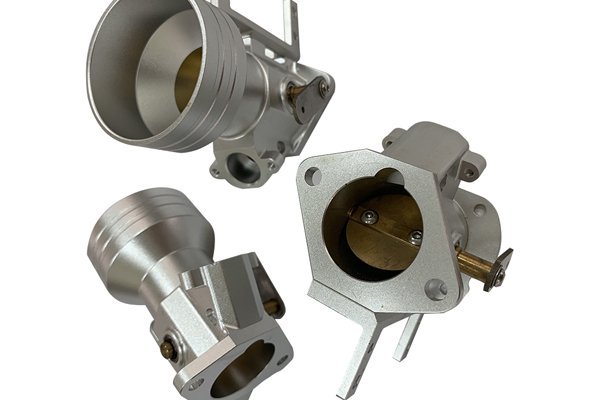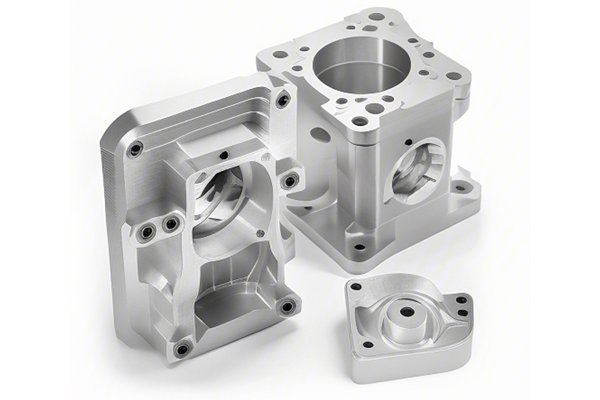Did you know that thermoplastics like PA6 nylon are among the most widely used materials in CNC machining? With a global market for engineering plastics expected to reach approximately $69.5 billion by 2029, the ability to maintain the integrity of these materials during the machining process is of utmost importance. But one of the biggest challenges facing manufacturers is achieving precision without compromising the properties of these thermoplastics—one key issue being thermal deformation.
In this blog, we’ll dive into the specifics of CNC machining with a focus on PA6 nylon, exploring effective strategies for reducing thermal deformation. We’ll discuss the properties of PA6 nylon, common machining problems, and provide detailed solutions that will help you maintain both efficiency and product quality.
—
Understanding PA6 Nylon: Properties and Applications
PA6 nylon, or Polyamide 6, is a versatile engineering plastic known for its excellent mechanical properties such as:

These properties make PA6 nylon suitable for various applications, including automotive components, industrial machinery parts, and consumer goods. However, one of the significant concerns when machining PA6 is its sensitivity to heat, which can lead to thermal deformation or changes in material properties.
The Importance of Managing Thermal Deformation
Thermal deformation occurs when the material expands due to heat generated during machining processes such as milling, turning, and drilling. When PA6 nylon is machined, extreme heat can cause it to warp or change shape, leading to:
Considering these potential issues, understanding how to effectively manage thermal deformation during CNC machining is vital for ensuring product quality.
—
Common Causes of Thermal Deformation in CNC Machining
Before delving into solutions, it’s essential to identify the common causes of thermal deformation when machining PA6 nylon:
Strategies for Reducing Thermal Deformation
Now that we understand the causes of thermal deformation, let’s explore effective strategies that CNC manufacturers can implement to mitigate these issues.
Finding the Right Speed & Feed Rate: The combination of spindle speed and feed rate plays a critical role in determining the heat generated during machining. For PA6 nylon, it’s crucial to maintain optimal speeds to ensure the right balance between cutting efficiency and thermal management.

Material Considerations: High-speed steel (HSS) tools can generate excessive heat when cutting PA6 nylon. Instead, consider using carbide-tipped tools, which are better equipped to handle higher speeds and provide longer life.
Tool Geometry: The design of the cutting edges also matters. Tools with a larger cutting radius can reduce cutting forces and help manage heat.
Coolant Selection: Using an appropriate coolant can significantly lower temperatures during the machining process. Water-soluble coolants are often effective for thermoplastics like PA
Regular Inspections: Dull tools will not only create more heat but also increase friction, leading to further deformation. Schedule regular checks and tool changes to promote better machining quality.
Sharpening: Keeping tools sharp is essential. A sharp tool will cut more efficiently, which leads to lesser heat generation.
Temperature Control: The ambient temperature can impact machining operations. Aim to maintain a stable temperature in the machining area to minimize thermal fluctuations.
Humidity Levels: Moisture can affect the properties of PA6, so keep humidity levels in check.
Adaptive Machining: Consider using adaptive machining methods which can dynamically adjust parameters in real-time based on measured temperature changes during machining.
Simulation and Modeling: Using modern CNC software packages to simulate machining processes can provide insights into potential thermal deformation issues before actual machining takes place.
Reduced Movement: Properly fixturing parts reduces their movement and holds them in place, minimizing the chances of warping during the machining process.
Heat Dissipation: Consider fixture materials that conduct heat away from the workpiece, helping reduce temperature buildup.
Staging Operations: Machining in stages can help manage heat; perform rough cuts first, allowing the part to cool before finishing operations.
Time Management: Long machining cycles can increase heat production, so evaluate machining strategies that balance time and quality effectively.
—
To summarize, reducing thermal deformation during the CNC machining of PA6 nylon is not only essential for maintaining part integrity but also for improving overall productivity. By optimizing cutting parameters, using appropriate tooling, implementing effective cooling solutions, monitoring environmental conditions, and employing advanced machining strategies, manufacturers can significantly mitigate thermal issues.
The importance of this topic cannot be overstated—properly managing thermal deformation contributes not just to the quality and accuracy of the final product but also enhances operational efficiency and reduces waste.
By strategically addressing these factors, manufacturers will thrive in an increasingly competitive landscape, safeguarding both their product integrity and their bottom line.
In summary, understanding the complex interactions between material properties and machining techniques is key. The strategies outlined here will empower CNC machining practitioners to navigate the intricacies of processing PA6 nylon effectively. So, as you examine your machining processes, consider how implementing these insights can lead to far-reaching benefits, paving the way for innovation and excellence in your machining operations.




